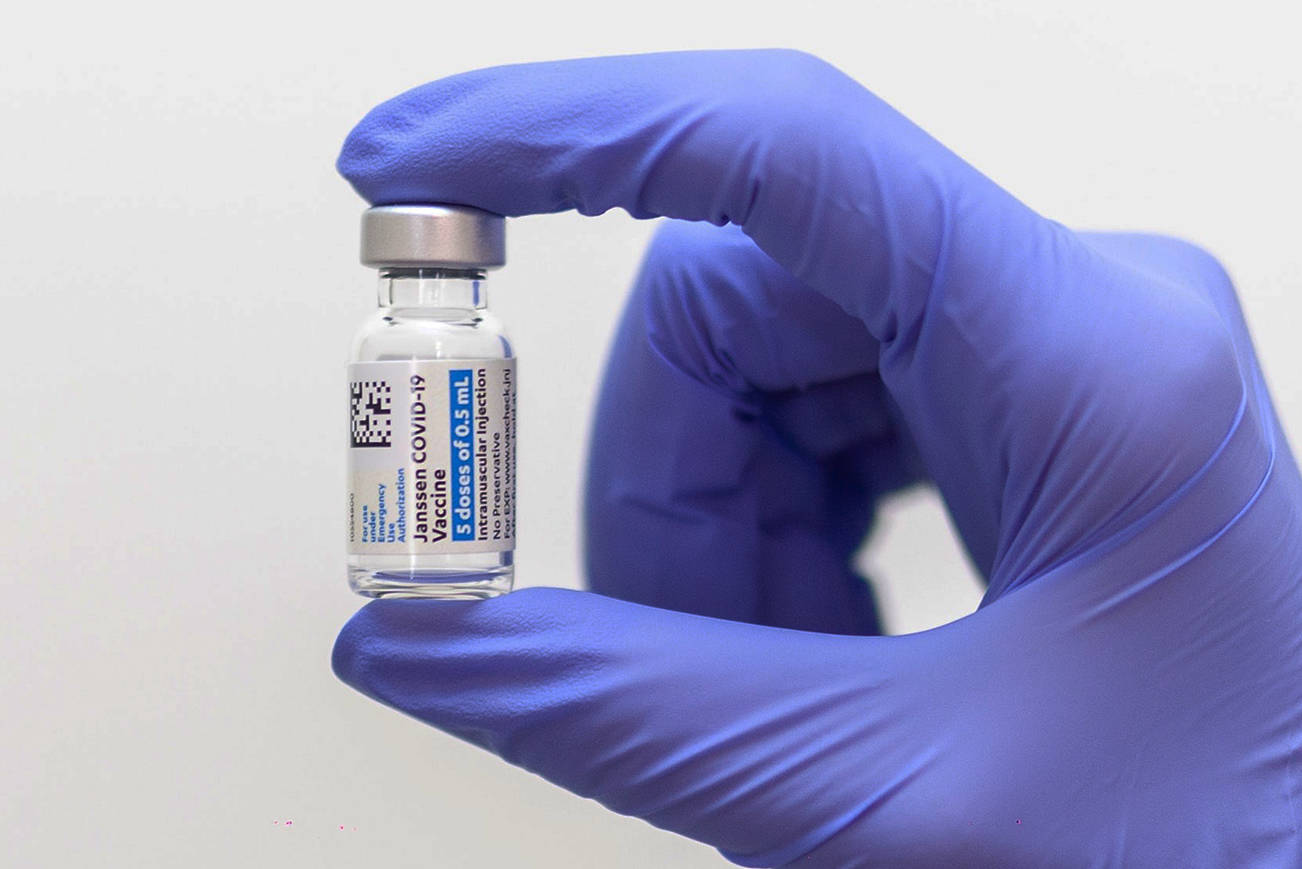Submitted by the Washington State Department of Health
The Washington State Department of Health announced on April 24 that it would immediately resume its use of the Johnson & Johnson vaccine across the state. This decision is based on recommendations from the U.S. Food and Drug Administration, the Centers for Disease Control and Prevention, and the Western States Scientific Safety Review Workgroup, as well as careful consideration and close review by DOH.
The 11-day pause was taken as a precaution after six cases of a rare but severe type of blood clot were reported following administration of the J&J vaccine. In these cases, a blood clot in the brain formed, which is called thrombosis. This is coupled with low blood platelets, known as thrombocytopenia. When both occur after a vaccine, it is referred to as thrombosis with thrombocytopenia syndrome (TTS).
On April 23, the CDC said a total of 15 cases of TTS have been reported, which includes the original six cases. All the cases occurred in women between the ages of 18 and 59, occurring six to 15 days after vaccination. DOH is not aware of any cases in Washington. The warning signs of TTS include severe headache, abdominal pain, leg pain, and/or shortness of breath. People experiencing TTS symptoms following vaccination should contact their healthcare provider or seek medical attention immediately. At this time, available data suggest the chance of TTS is very low — with only 15 cases identified out of about 8 million vaccines administered nationwide — and the vaccine’s known and potential benefits outweigh its known and potential risks.
The Advisory Committee on Immunization Practices voted Friday to reaffirm its recommendation of the J&J vaccine for those 18 and older. ACIP recommended the FDA include a warning statement, and for J&J to provide an information sheet at vaccination that informs people about the increased risk of TTS. Members of the Western States Scientific Safety Review Workgroup agreed information needed to be created and shared as soon as possible. DOH quickly acted on the changes, sharing our J&J webpage with providers and creating materials providers can share with those receiving the J&J vaccine. People concerned about the increased risk may instead choose Pfizer-BioNTech or Moderna.
“Above all else, safety is our top priority. The pause was proof the surveillance systems in place to monitor the safety of COVID-19 vaccines are working,” said Secretary of Health Umair A. Shah, MD, MPH. “These findings once again show we have three vaccines available that are effective and safe.”
Providers with J&J on hand can once again begin scheduling appointments and administering the vaccine. During the pause, about 170,000 doses of J&J were being held by providers across the state. Our three-week forecast from the federal government shows Washington will begin receiving more J&J the week of May 2 when 4,300 doses are expected to arrive.
The CDC’s announcement can be found at cdc.gov/media/releases/2021/fda-cdc-lift-vaccine-use.html.




